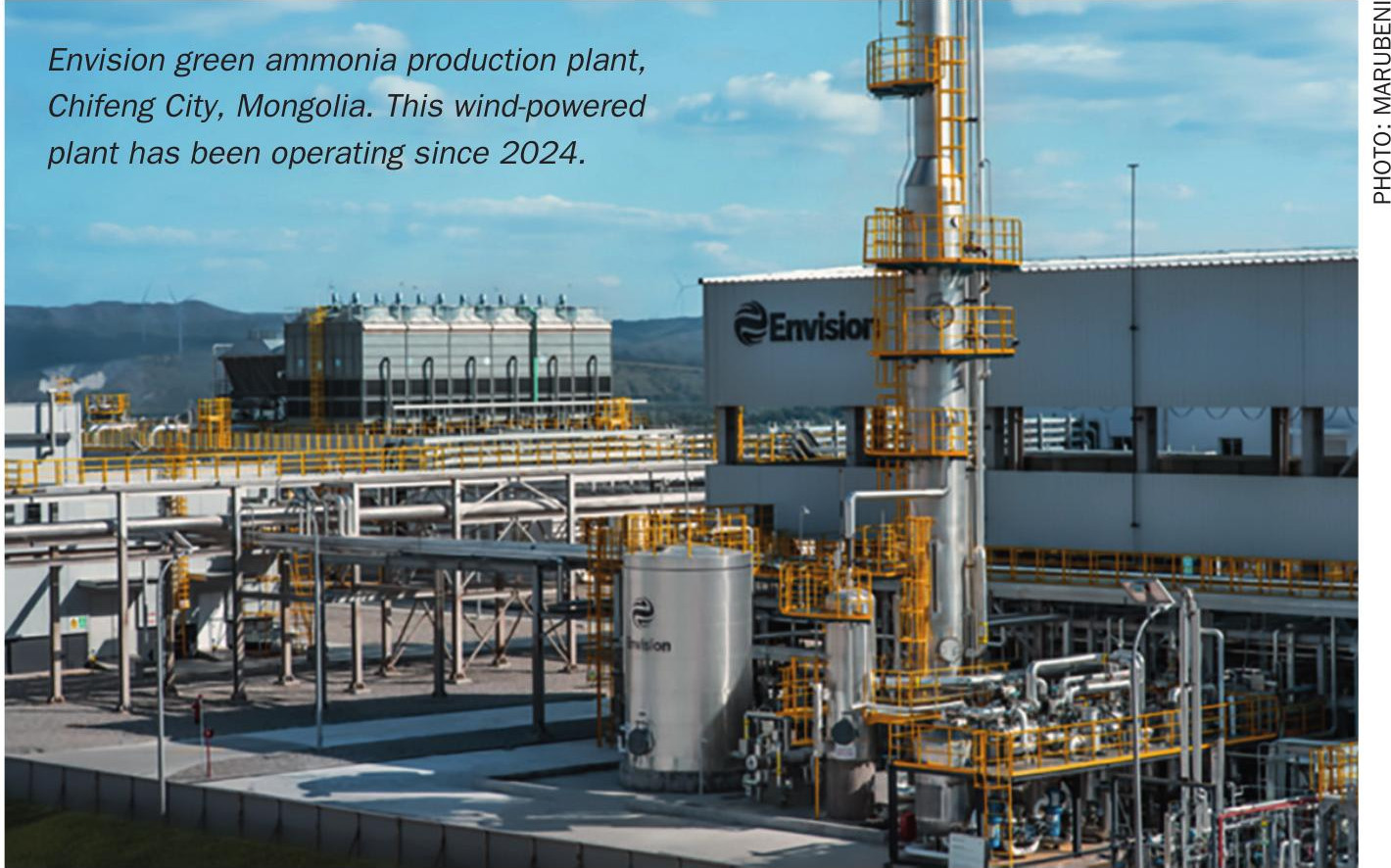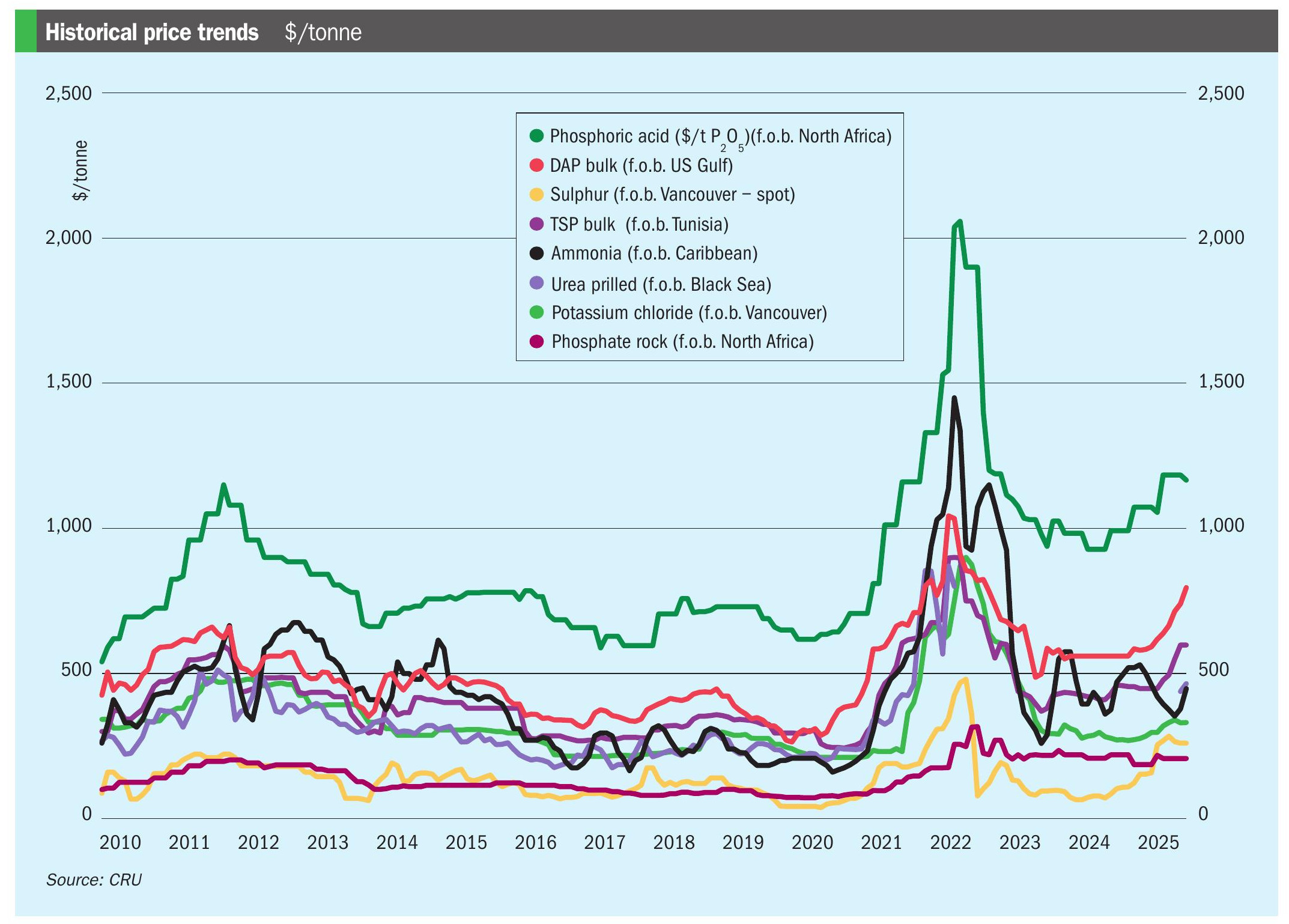Nitrogen+Syngas 387 Jan-Feb 2024

31 January 2024
A return to the fold

“The need for technical knowledge and insights has never been more important”
We are very pleased to be able to tell you that, as of this issue, Nitrogen+Syngas magazine has a new publisher. Or rather, an old publisher, as the magazine is now once again part of the CRU Group.
Nitrogen magazine, as it originally began life in 1959, was started by the British Sulphur Corporation, which was in turn acquired by CRU in the early 1990s. Over this time Nitrogen’s coverage gained first methanol and then syngas more generally as co-products, reflecting the way that the industry was increasingly looking at syngas-based compounds as a part of a portfolio for major gas- or coal-based developments, and particularly the interest that there was – and is – in opportunities for integrating these processes for greater efficiency and more diverse product streams.
In 2007, CRU’s Publishing division was spun off as a separate entity, BCInsight Ltd, as CRU sought to focus on its core activities of analysis, consultancy and conferences, but the new company retained the magazine staff who had been working on it for many years, and continued a close relationship with our former colleagues at CRU, liaising especially over CRU’s industry conferences.
The current move back to CRU is in part a result of the changing nature of how people seek and acquire knowledge and network in a digitally saturated age. Nitrogen+Syngas will now be housed within CRU’s new Communities business unit, headed by Nicola Coslett, CEO of CRU Communities, which will seek to strengthen engagement and facilitate knowledge-sharing and networking across the fertilizer and wider chemicals industries.
The move will also allow us access to CRU’s Fertilizer consultancy division, with its unrivalled team of dedicated and highly experienced analysts, enhancing our ability to deliver even more comprehensive and insightful information to our readers. With so many new entrants into the ammonia, phosphate and fertilizer industries, the need for technical knowledge and insights has never been more important.
In the longer term, it will also allow us to make improvements to our product offerings that were beyond the resources of a small publishing company, and we hope to have more news on that in due course. But rest assured that the team writing and publishing the title remains the same as always. Myself and Lisa Connock, our Technical – and now Managing – Editor, and Marlene Vaz, our Sales Manager, will look forward to seeing you under our new guise at CRU’s Nitrogen+Syngas conference in Gothenburg on March 4th-6th, alongside our new CRU colleagues.






